This article needs additional citations for verification .(June 2021) |


Juliane Wilhelmine Bause (4 July 1768, Leipzig - 8 August 1837, Leipzig) was a German painter and copper engraver.
This article needs additional citations for verification .(June 2021) |


Juliane Wilhelmine Bause (4 July 1768, Leipzig - 8 August 1837, Leipzig) was a German painter and copper engraver.
She was the younger of two daughters born to the copper engraver, Johann Friedrich Bause, and his wife, Henriette Charlotte, née Brünner (1742–1818). Her father provided her first drawing lessons; later teaching her etching and engraving techniques. She met many prominent intellectuals when they visited his studio, including Goethe, Schiller and Charlotte von Stein. Her elder sister, Friederike Charlotte , was a talented musician, but died at the age of nineteen.
In 1792, she married the banker Carl Eberhard Löhr (1763–1813), son of the banker Eberhard Heinrich Löhr . When he died in 1798, they inherited his estate, Löhrs Garten , a large park with a spacious mansion. Shortly after her husband's death, she was expelled from the estate by General Jean Toussaint Arrighi de Casanova, the French Governor of Leipzig. She fled to Weimar, with her nineteen-year-old daughter, Henriette, accompanied by her father, who died there the following year.
In Weimar, Henriette met the poet and novelist, Johann Georg Keil , and they were married in 1814. Later that same year, they all returned to Leipzig and reclaimed the family estate, which had been damaged during the Battle of Leipzig. In addition to his literary work, Keil restored and expanded the gardens. He also managed the large collection of paintings that had belonged to Eberhard Heinrich Löhr, and a collection of graphics inherited from Johann Friedrich Bause.
Juliane's creative period was rather short, as it came to an effective end when she married Carl Eberhard. From 1789 to 1791, she etched a series of landscapes, after the Dutch Masters and a few recently deceased German artists; including Ferdinand Kobell and Johann Georg Wagner . These were distributed privately. [1] There are also a few drawings and watercolors on original motifs.
The Stadtgeschichtliches Museum Leipzig has nine of her drawings and etchings. [2] Other works may be found at the Albertina, the Staatliche Kunstsammlungen Dresden and the Philadelphia Museum of Art.
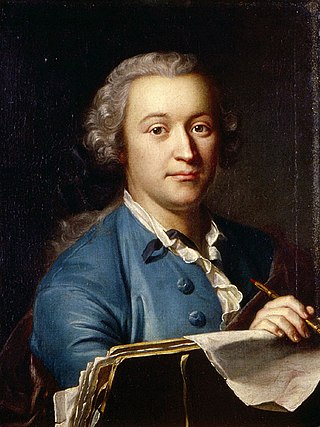
Johann Ludwig Aberli was a Swiss painter and etcher.
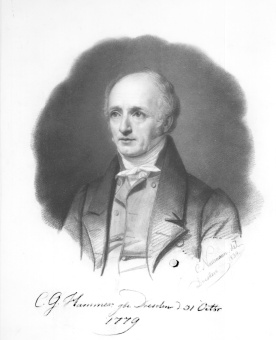
Christian Gottlob Hammer, baptized as Gottlieb,, was an influential German landscape painter and engraver.

Amalie Winter was the pen name used by Amalie Karoline Charlotte Wilhelmine Henriette von Seebach (1802–1879), a German poet and novelist.
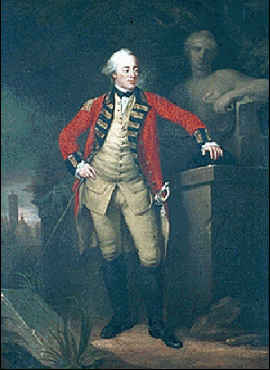
Johann Ludwig Reichsgraf von Wallmoden-Gimborn was a German lieutenant-general and art collector.

Georg Melchior Kraus was a German painter. He was a co-founder of the Weimar Princely Free Drawing School, together with Friedrich Justin Bertuch, in 1776.

The Weimar Princely Free Drawing School was an art and literature educational establishment. It was set up in 1776 in Weimar by the scholar and ducal private-secretary Friedrich Justin Bertuch (1747–1822) and the painter Georg Melchior Kraus (1737–1806), as part of Weimar Classicism. It was financed by the young Charles Augustus, Grand Duke of Saxe-Weimar-Eisenach and heavily promoted by Goethe, who also taught there. Among its pupils were Charles Augustus's future mistress Karoline Jagemann. It lasted until 1930.
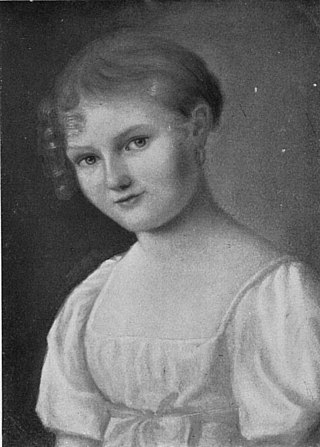
Louise Seidler was a German painter at the court of the grand dukes of Weimar, custodian of their art collection and a trusted friend of the poet Goethe and the painter Georg Friedrich Kersting.

Charlotte Luise Antoinette von Schiller was the wife of German poet Friedrich Schiller.
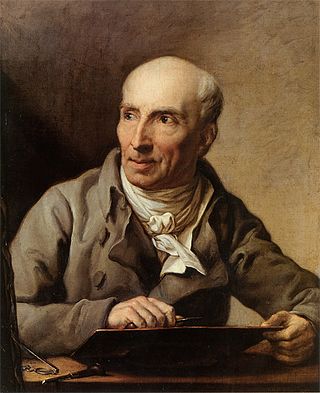
Johann Friedrich Bause was a German copper engraver; primarily of portraits.

Adolf Schrödter or Adolph Schroedter was a German painter and graphic artist; associated with the Düsseldorf school of painting. He is considered to be one of the pioneers of German comics.

Balthasar Anton Dunker was a German landscape painter and etcher.

Henriette Charlotte of Nassau-Idstein, was a German noblewoman member of the House of Nassau and by marriage Duchess of Saxe-Merseburg.
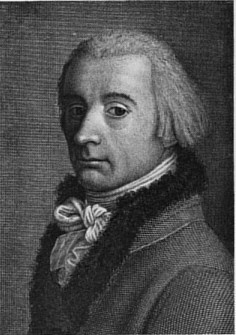
Johann Heinrich Lips was a Swiss copper engraver; mostly of portraits.

Georg Joachim Göschen was a German publisher and bookseller in Leipzig, Kingdom of Saxony, notable for typography and his publications of music and philosophy. He was the patriarch of the Goschen family, whose English branch rose to prominence as bankers and politicians, including the Viscounts Goschen and Goschen baronets.
Christian Johann Christoph Schreiber was a German theologian, philologist, philosopher, and poet. He was also the Superintendent of the dioceses of Lengsfeld and Dermbach. He was connected in friendship or correspondence to writers and philosophers of his time, and published poetry, sermons, historical and philosophical works.
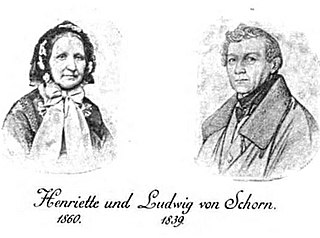
Johann Karl Ludwig Schorn, after 1838 von Schorn was a German art historian and university Professor. His second wife was the poet, Henriette von Schorn.

Johann Konrad Horny was a German painter, graphic artist, and copper engraver.

Auguste Sophie Crelinger (widowed Stich, born Düring was a German stage actress.

Henriette Elisabetha Jeanette Jügel was a German landscape and portrait painter.
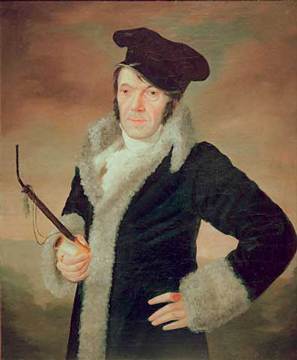
Conrad Westermayr was a German painter and copper engraver.
![]() Media related to Juliane Wilhelmine Bause at Wikimedia Commons
Media related to Juliane Wilhelmine Bause at Wikimedia Commons